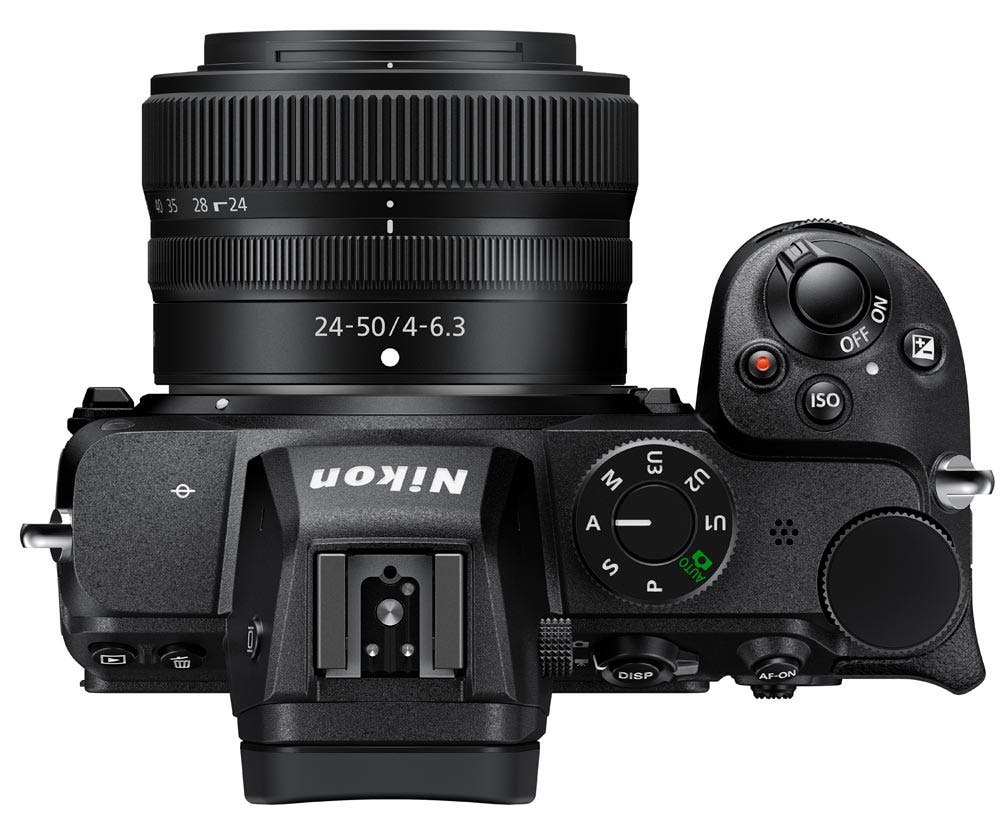

My understanding of the Z50 is that the body doesn't have built in IS. Most of his work is on the Z6 but carries over to the Z50 also. Otherwise, Will at the Monochrome Memoires (Youtube) also has a few "tricks" adjusting the video settings on the camera that somehow aids in AF acquisition on photos too. For your BIF/action shots, I would try AF-C paired with dynamic area or wide area.

The AF modes are a little different than your D7500 but experiment with them to see what may work best for your situation. If you haven't done so already, you can try setting AF-C priority selection (a1 under the custom setting menu) to "release". What type of "delay" are you experiencing? Acquiring focus or releasing the shutter? The Z50's AF acquisition is pretty quick in my experience with it. Love Olympus colors but like the menus so much better on Nikon. Planned to use this for my travel camera, have my EM10 3 and lenses up for sale but feeling unsure. I do like shooting BIF and might be expecting too much though I have seen some really good action shots. Having a little trouble with focus, not sure what I am doing wrong but there is a delay. Tried setting it up using Ken Rockwell settings but will have to dial it back. Just got the z50 and also have the D7500. this guy has put the Z50 (and Z6’s) through some real life usage as a wedding photographer and has a lot of good practical advice that is invaluable: Have a look at my post here for examples and determine for yourself:Īlso of interest to you is this thread regarding F mount lens VR on the Z50:Īlso, you need to check out this YouTube channel (Monochrome Memoires).

Image quality between the two are pretty close. One thing to note is VR stays constantly ON on the Z camera’s (unlike on your D7500 where it only activates when you half press the shutter or BBF button). Having said that, I also own a D7500 and a Z50 I don’t know what type of lens you have but if they are recent AF-P and AF-S, those should all work seamlessly through the FTZ. Nothing beats having it in your hands and putting it through some actual usage to see if it works for you or not. That’s a good idea to take advantage of the yellow box test offer. Does the combination result in any reduction of resolution, i.e., a "crop mode" like when using a DX lens on a full frame DSLR? I can't seem to find an answer on how well my DX lenses and an FTZ adapter will work on the Z 50. I currently shoot a D7500, happily, but have been thinking about going mirrorless. We've been shooting with the Z50 for a while and have plenty of real-world shots to show you how the camera performs.I'm considering taking Nikon up on the "Yellow Box" offer to test a Z 50. We found a lot to like about the Z50 but it has some very capable rivals in better-established systems. The Z50's video looks good and it's one of the easiest cameras to shoot both stills and video with. The Z50's AF system is pretty effective, but is a little fiddly compared with its peers. It still looks pretty good against the competition. The Z50 is based around an updated version of the 20.2MP sensor we fist saw in the D500. Reviews editor Carey Rose spent a couple of hours shooting with a near-final Nikon Z50. We take a look at the new camera and how it operates. We take a look at what it offers and how it squares up to its rivals. The Z50 is Nikon's first APS-C mirrorless camera. The adapter is not included in any of the kits announced so far. The Z50 is compatible with the FTZ mount adapter, allowing it to use F-mount DSLR lenses. Adding the 16-50mm zoom takes the price to $1000 and a two-lens kit with both DX zooms takes the list price to $1350. The Z50 will be available for sale from November, with an MSRP of $860, body-only.


 0 kommentar(er)
0 kommentar(er)
